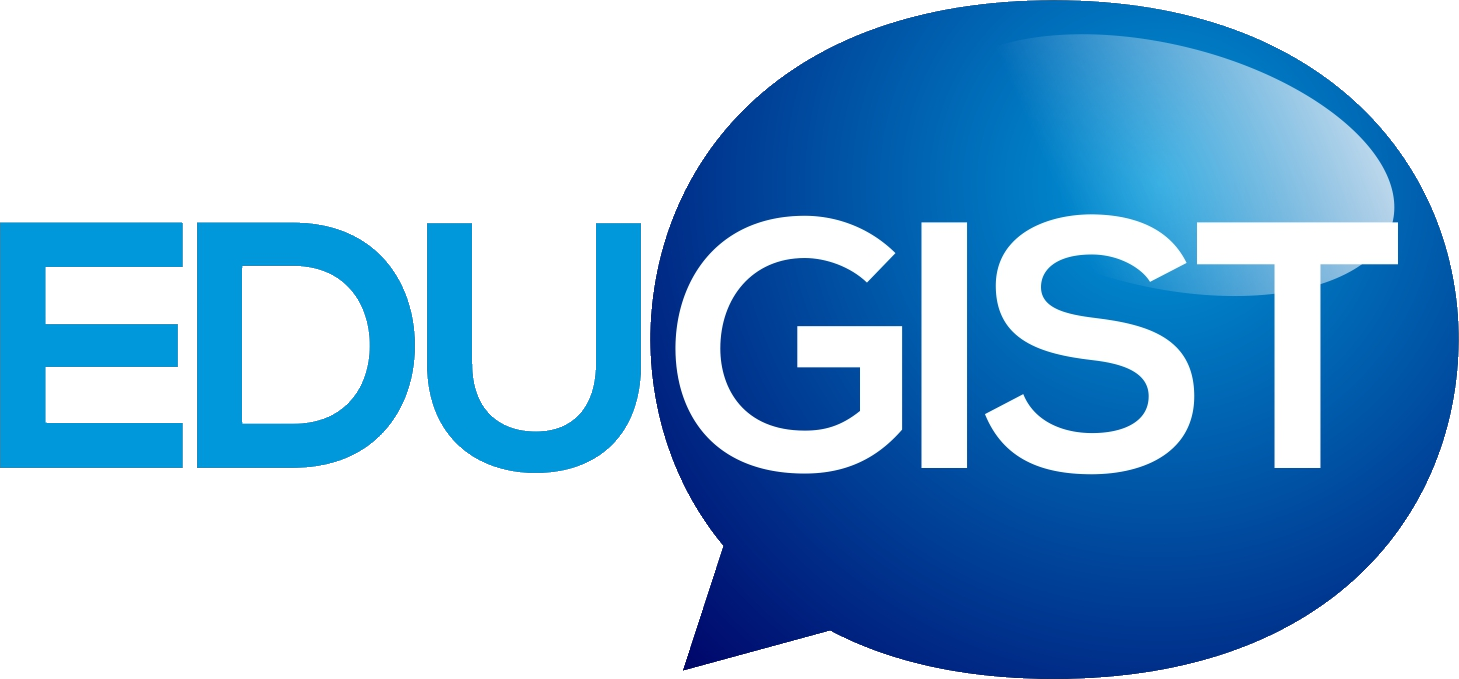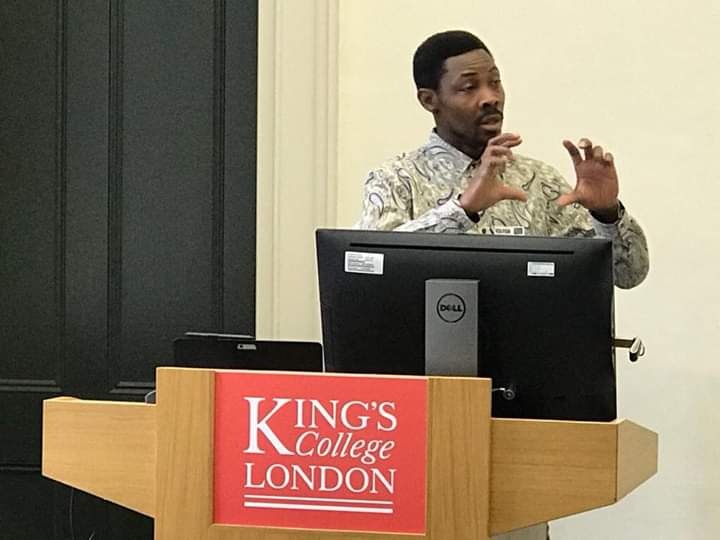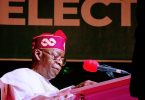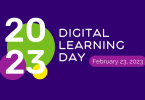By Dr Wale Oni
The question as to who is an effective teacher remains one of the fundamental questions in the field of education. In my half a decade years of active involvement in the United Kingdom’s education sector, both as a learner (advanced degree) and teaching staff member across the Key Stages, I have this note to share with you all. It is my hope that it will shed some lights on the phenomenon of effective teaching and learning as it is conceptualized in the developed countries and serve as a reference point for anyone wishing to adopt teaching modalities that are centred on a win-win approach to education.
So what is effective teaching?
Effective teaching shares its meaning with quality teaching and this describes how coherently and comprehensively teachers can transmit their mastery of teaching content to learners using pedagogies that acknowledge learners’ individual differences.
Teaching is considered a complex craft as it is often impossible to summarize in a sentence or two the sophistication of what good teachers do. In fact, an appraisal of a collection of research on teacher effectiveness indicates that there are several factors to be considered (e.g. Brophy & Good, 1986; Rosenshine & Furst, 1973). In a long list of extant studies on the subject of effective teaching, I always like to identify with what Bulger, Mohr, and Walls (2002) have aptly described as ‘The Four Aces of Effective Teaching’.
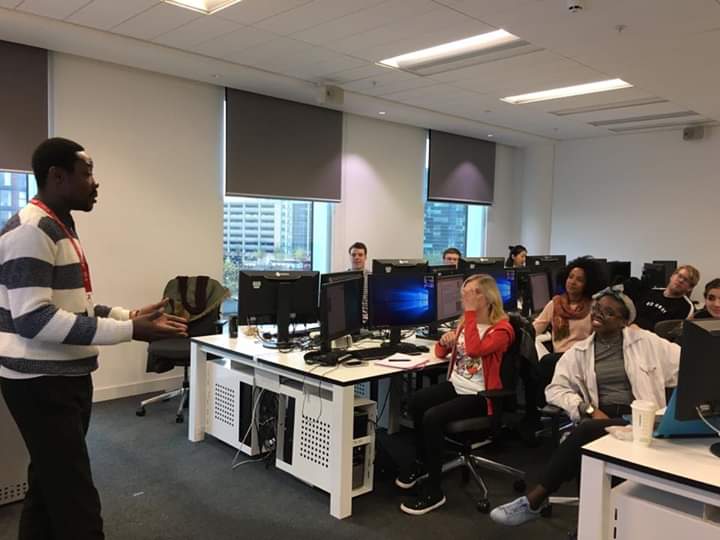
The Four Aces readily capture what is expected of a teaching staff member who works in compliance with the standard put in place by the UK Ofsted: the Office for Standards in Education, Children’s Service and Skills.
Bulger and his colleagues summarize the first ace of effective teaching as a learner-centred and outcome-oriented approach where students have a clear focus on learning goals. The second ace has to do with clarity of instructional material and techniques of teaching. The third ace is engagement and this describes inclusive, interactive and participatory teaching and learning methods deployed by the teacher. The fourth ace is enthusiasm and this describes individual teacher’s subject matter knowledge and instructional experience within a classroom setting that allows for a high degree of student achievement.
This articulation is also shared by a number of reports available on effective teaching, learning and training across beyond the UK context. For instance, according to the Western Australia’s Department of Education and Training, effective teaching requires the ability of teachers to motivate and engage all their students in learning, acknowledge students’ individual differences, and the teachers’ ability to work with the mindset that every student is capable of achieving success at school rather than simply accepting that some students cannot be engaged and, as such, are destined to do poorly.
An education scholar, Harry Wong, equally states the characteristics of an effective teacher as having positive expectations for student success, excellent classroom management, and mastery of lessons and subject. James Stronge in his book Qualities of Effective Teachers provides five specific areas which define teacher effectiveness, these are: teachers’ individual personality traits as seen in their individual ability to show care, listen to students so as to understand and know them. Cooper and Donald McIntyre (1996) in their book Effective Teaching and Learning: Teachers’ and Students’ Perspectives also share Stronge’s view by examining the ways in which teachers’ and students’ strategies reflect common or conflicting concerns and how they work more or less effectively together to promote the students’ learning within a well-managed classroom. The remaining areas discussed by Stronge are; classroom management, organizing for instruction, implementing instruction and monitoring student progress and potential.
Against this backdrop, I share in the belief that effective teaching has to do with a teacher’s concerted efforts to engage students in procedural learning and training; it is student-focused in terms of their learning expectation, standard of learning and behaviour. It occurs where teachers see a duty in assisting their students to meet their learning objectives and other curricular activities. This also includes providing a safe and well-managed learning environment and building positive relationships with their students within professional ethos.
Approaches to Effective Teaching, Learning & Training
There are several approaches that I believe can contribute to overall effective teaching, learning and training.
First, effective teachers must personalize the learning for their students by recognizing the fact that individual differences do mediate the learning process. By accommodating the different needs of students in their class, effective teachers are able to spread the teaching task to include every student in their class irrespective of their learning pace which may be a product of several factors such as cultural background and cognitive abilities. Effective teachers understand and acknowledge these individual differences and approach teaching bearing all of these things in mind.
They should understand that students can achieve learning goals if given proper, differentiated instruction and guidance. In line with this, effective teachers strive to build positive relationships with their students by getting to know them and taking a particular interest in their overall development and progress. And, because respect is earned not enforced or commanded, effective teachers would learn to treat their students with respect and expect the same in return.
They work collaboratively with their students expecting mutual benefits in what can be described as a symbiotic pedagogic relationship.
While there are several teaching techniques that aid effective teaching, effective teachers should always approach teaching by making learning inclusive, interactive, multimodal and multisensory given that there are many things that students can learn on their own through discovery, practice-based learning and in non-classroom setting.
This should involve using various methods and technological resources; natural, synthetic as well as models. While some students learn quite easily with minimal direct teaching, other students may require exposing them to a number of other learning opportunities or to be taught explicitly and repetitively with concerted effort from the teachers before they master the learning required.
Effective teachers, therefore, owe it as a duty to help students to learn on their own as well as with and from others. By keeping the five principles of learning in mind, effective teachers make available several resources and engage a range of pedagogies to achieve effective teaching, learning and training. They understand that learning takes time, it is a social activity, it is personal involving cognitive, affective and psychomotor, and while it is transferable, its effort can lead to achievement.
Effective teachers strive to teach in a way that shows their mastery of subject and demonstrate to the students their professional skills. Through this, they will inspire in their students a love of learning. However, in order to reach this goal, effective teachers should constantly keep abreast of information in their discipline and understand current policy guiding how their subjects are taught.
To achieve this standard, it is important that our teacher training schools are thoroughly overhauled to cater for the production of teachers that fit contemporary classroom and pedagogic demands. It is also necessary for teachers to stay up-to-date in current research and understand best-practice by reading, attending conferences, participating in workshops, and joining professional associations. Teachers can seek self-development alongside what has been taught them at colleges of education and universities by joining online forum and subscribing to Youtube channels with a range of up-to-date topics and subject or field information.
This way, teachers can find effective strategies to ensure that all students are learning within national policy (to be newly formulated) and using materials and content that are approved by law. Showing mastery of content in a way that promotes effective teaching, learning and training manifests in teachers’ approach to organizing their instructional materials and implementing them.
Effective teachers put the goals of each student at the heart of the planning process by ensuring that requirements for each grade level are known and met. Since not all methods work with all students, effective teachers continually search for the best ways to inspire each student.
This eventually follows through to monitoring student progress and potential as effective teachers should follow and keep track of students’ progress and constantly push the students to the next level, always keeping them in Vygotsky’s ‘zone of proximal development.’
Wale Oni writes from Manchester, England
BIO: PhD in Digital Media, Communication & Cultural Studies including UK’s Award in Education and Training (Notting Hill College, UK); MA & BA (Ibadan)
References
Gravells, A. (2014). The award in education and training. Los Angeles, CA: Sage.
Brophy, J., & Good, T.L. (1986). Teacher behavior and student achievement. In M.C. Wittrock (Ed.), Handbook of research on teaching (3rd ed.). New York: Macmillan.
Bulgar, S.M., Mohr, D.J., & Walls, R.T. (2002). Stack the deck in favour of your students by using the four aces of effective teaching. Journal of Effective Teaching, 5 (2). Available online at: https://uncw.edu/jet/articles/bulger/ (Accessed 22 May, 2019).
